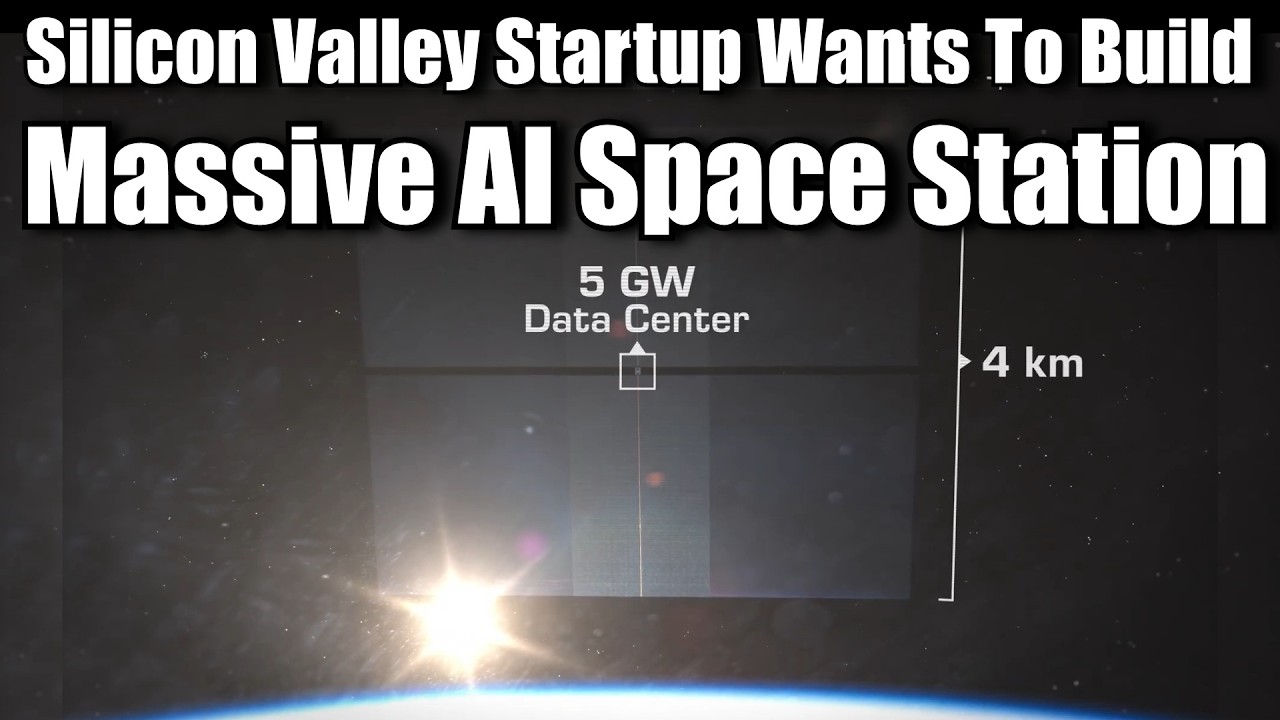- cross-posted to:
- space
- [email protected]
- cross-posted to:
- space
- [email protected]
TL;DW:
Does It Make Sense To Put Data Centers In Space?
At some point in the future, yes.
Can They Really Cost Less To Operate?
In theory, yes.
Scott expresses concerns that current startups have not adequately addressed some of the practical challenges, such as cooling.
In short no. Longer answer? Nooooooooooooooooooooooooooo.
Seriously, parts fail. It’s going to cost more to get a HDD into space than it will cost to buy the thing in the first place. Even if you design the system so that it doesn’t require maintenance, you’re going to get parts failing regularly. If you’re not going to have an astronaut living up there and doing repairs, you’re eventually just going to keep losing capacity. I suppose that you could design it so that eventually when 30% of a module/rack has failed you just give up, eject it, and let it burn up in the atmosphere. But, then you’re going to require regular deliveries of new racks to the datacenter just to keep things at the initial capacity.
Then there are the power requirements. Yes, you get “free power” from the sun, but a 1 rack server might need 5000 W, for which you’d need about 20 square metres of solar panel. And, that’s per rack, and assuming you never go into shade (like behind the planet). If you want to be close enough to easily transmit data back and forth, you’re probably going to be going into the planet’s shadow pretty often, so you’ll need maybe double that. And, of course, the bigger the solar array, the more it’s going to be heated up by the sun, so the more heat you’re going to need to dump.
And, cooling is the killer. On earth, cooling a datacenter is a major issue. The old systems used air conditioners which required lots of power. The newer systems use evaporative cooling. None of those work in space. The only thing that would work is to radiate the heat. But, radiating heat is hard. You’d need a big structure, and you’d need to ensure it’s never exposed to the sun, or it will heat up instead of cooling off.
Then there’s getting the data in and out. Let’s assume the DC is mostly doing compute tasks, not IO tasks. It’s training AI models, not hosting videos. Even then, you’ll need to send data up and get it back down. On earth you can lay fat fiber optic pipes to your DC, bury them underground, and never have to worry about it. A DC in space would need to communicate via radio or lasers, and that would require either multiple ground stations or short bursts whenever the DC happened to be overhead. And, whatever solution you came up with would only get a fraction of the data you could send via fiber optic lines.
Really, the only real advantage of a DC in space is the free power. But, install a bunch of solar panels next to your DC on the ground and you’ve got essentially the same thing now. The difference is that you can rely on traditional, reliable, cheap cooling methods, you can send in a tech to replace a dead hard drive, and bandwidth is much simpler.
Seriously, parts fail.
i agree with the other points you made, but microsoft and others have already solved this with sealed datacenter pods under the ocean.
no repairs, no humans entering the datacenter messing things up. they just build in enough redundancy such that they can turn things off one by one when they go bad. they know statistically how long hardware lasts and can plan for a defined lifecycle.
Yea, this is a solved problem. Look at Hubble with the Gyroscopes problems, hell even voyager problem early this year.
…neither of which are applicable to data centers. they are very different beasts.
It doesn’t sound like they’ve “solved” it. Just that they have a work-around that means that bit by bit their sealed datacenter pod becomes more and more broken. And if their solution for that is to build in redundancy so that even when it’s say 30% broken it operates at 100%, that means they have to ship up something like twice as much hardware as a standard datacenter with most of it being redundant in case something fails. That extra expense may not be too bad if it’s a pod under the ocean, but if you have to pay $5000/kg to put it in orbit, that’s a huge additional expense.
Effective cooling seems like a big one in space, especially for a datacenter.
Wouldn’t it be way hotter unless they stay in the shade? 🤔
It would be way hotter in general. Conductive cooling requires a medium to transfer heat. In a vacuum, you only have radiation, which doesn’t cool quickly enough for a shit ton of processors. In the sun, it would be worse, but they would need cooling even in the shade.
Now I am wondering can a fan move heat in a vacuum? I assume not because they don’t move the heat but the air around the hot thing, but I also don’t know much about thermodynamics especially in a vacuum.
You nailed it. Fans move air. Hot air away, cool air in, and that’s how a fan cools. In a vacuum, it would just spin until friction slowed it down, so technically it would generate heat.
So you’d need to be able to radiate more heat away than you absorb from the sun (and generate from computing). You can reduce sun absorption by being more reflective. For the heat you do absorb and generate, you’ll need to concentrate the heat from all the systems into a radiator that gets very hot. The hotter something is the more it’ll radiate away. It’s hardly a simple design but it’s really the only option.
Space is like being wrapped in the world’s thickest blanket. Real computers in space have to be super low power to minimize heat buildup because it’s very hard to get rid of that heat.
What is a Matrioshka brain if not a giant computer in space?
If a bunch of dumb fucks refuse to spend their money on solving a real problem, at least they’re spending it on something potentially cool and interesting.
Interesting video. The increase of efficiency of solar panels and the constant sunlight gives them like 100 million in cost savings over 10 years for a 5GW center. Pretty impressive.
It would also be cool to buy storage space for fileservers or seed boxes in space. Probably not very practical but cool haha. Would also not work well with sun-synchronous orbit.
If by “gives them” you mean in their completely bogus calculation then yes.
Glad to see they’ve solved the housing problem and are moving on to things with more blinky lights.





